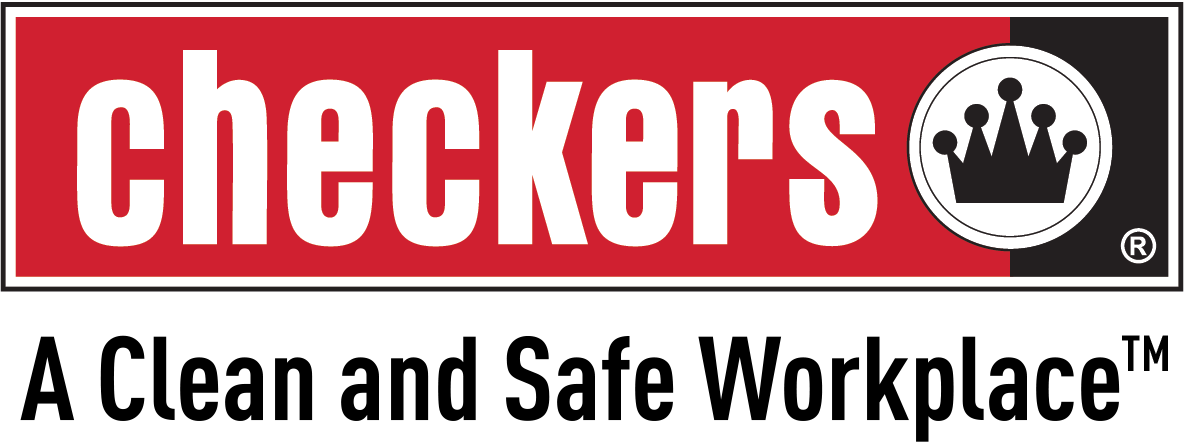
Spill Savvy
Despite our best efforts, accidents can happen. And when dangerous chemicals are involved, you need to be prepared to handle the spill quickly and effectively.
Chemicals, fuels and hazardous compounds are commonly used in many industries, so it is imperative that an action plan has been prepared in advance in case of a spill. Part of that plan is actually preventing the spill before it even happens. Proper storage, training and awareness are key parts of the prevention strategy.
When storing chemicals, take the time to consider what could react if mixed together. This could result in dangerous fumes, an explosion or fire. Separate these materials so they are not next to each other in the storage area. For example, you may store acids at one end and bleaches at the other. Take the time to inspect containers regularly for leaks or corrosion.
Workers that are in contact with these chemicals or working in the area these materials are or could be used need to be aware of the dangers and how to react in the event of a spill. Safety data sheets should be clearly visible and an emergency contact indicated.
All staff should understand how to create a perimeter with an absorbent “sock” as the first line of defense. They need to understand what the next steps are and practice them so they are prepared when or if they are called into action.
Predetermine who is on the “emergency team”. They will assess the situation and decide if it can be managed internally or if a third-party needs to be called in. In serious cases, proper protocol needs to be followed as far as evacuating the facility to ensure everyone’s safety.
Spill kits make it easy to quickly clean up a spill and keep the area safe. There are a variety of spill kits available depending on the type and size of the spill. As indicated by the name, a universal spill kit is appropriate for most types of spills including water and hydrocarbons and is usually the best option to have on hand. Oil and HAZMAT spill kits are also available.
Our 45 gallon deluxe universal spill kit includes sorbent pads, socks and booms as well as a bag of absorbent. These will help absorb the liquid and keep the spill from spreading. It also includes nitrile gloves and goggles to protect the person cleaning up the spill. A neoprene drain cover and disposal bag is included in the poly drum which can be used for a safe disposal.
The medium spill kit contains similar items in a nylon bag or 14 gallon pail. These kits are suited to smaller areas.
Store the spill kit in a location that is close to where a spill may occur and is convenient to access. However, since it is likely to sit, untouched, for a long period of time it should not be in a high traffic area. Plan ahead and designate a spot specifically for the spill kit. It should never be moved or blocked in. You may consider creating a visible marker for the spot – with paint or floor markings – to ensure it is quickly accessible when needed.
You want to be prepared if an emergency happens, so it’s not enough to simply have a spill kit in the building. Take the time to train your employees on proper procedures in the event of a spill and how to use the items in the spill kit. Familiarity and confidence in the process will prove invaluable in the moments that matter.
Absorbent is used for most general chemical spills, soaking up almost anything. This process will take time so it’s important to first create a perimeter wall with the “sock” (a long roll filled with absorbent fiber).
Neutralizing acids and bases make them safer to handle. Many products will often have a colour indicator to show when the spill is neutral. When the spill is cleaned up, the absorbent material should be properly disposed of.
There are a variety of protocols that must be followed when a chemical spill occurs. It must be reported and you’ll need to provide specific information such as date, time and location of the spill, the duration, the type and quantity, etc. Your team should have specific information on the appropriate actions that need to be taken for different types of incidents. For further information on reporting spills in Ontario, you can click here.
If you are unsure of what equipment you might need in case of a chemical spill, reach out to our Checkers team. We can help evaluate potential hazards and suggest appropriate equipment and supplies should a spill occur.
We are your clean resource!

